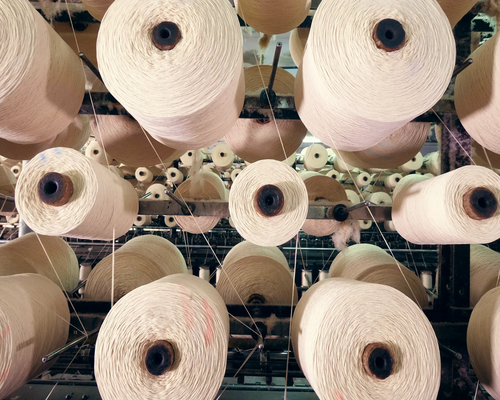Points worth remembering:
- Today, no shoe can be said to be recyclable. . We are more likely to refer to it as valorisation. Energy recovery, repurposed into insulation or flooring for sports facilities, etc.
- “Technical” footwear can be brought and left in Sports & Leisure Goods recycling containers (at the entrance of sports stores), and “smart” shoes to recycling banks.
- Technologies are emerging to optimise shoe recycling, but are still in their early stages of development.
- Worn-out shoes are not just like any other form of waste: they are very hard to take apart.






